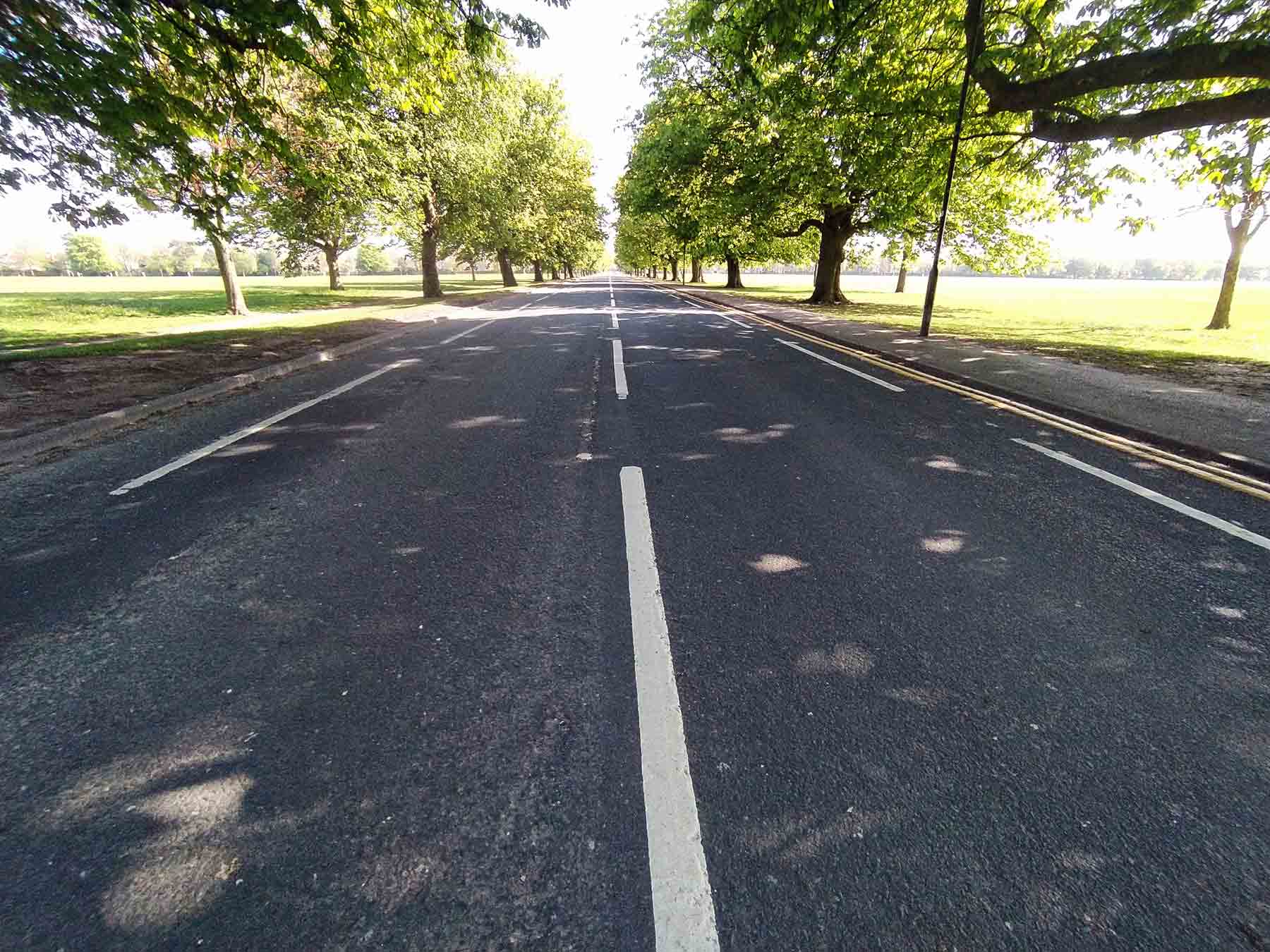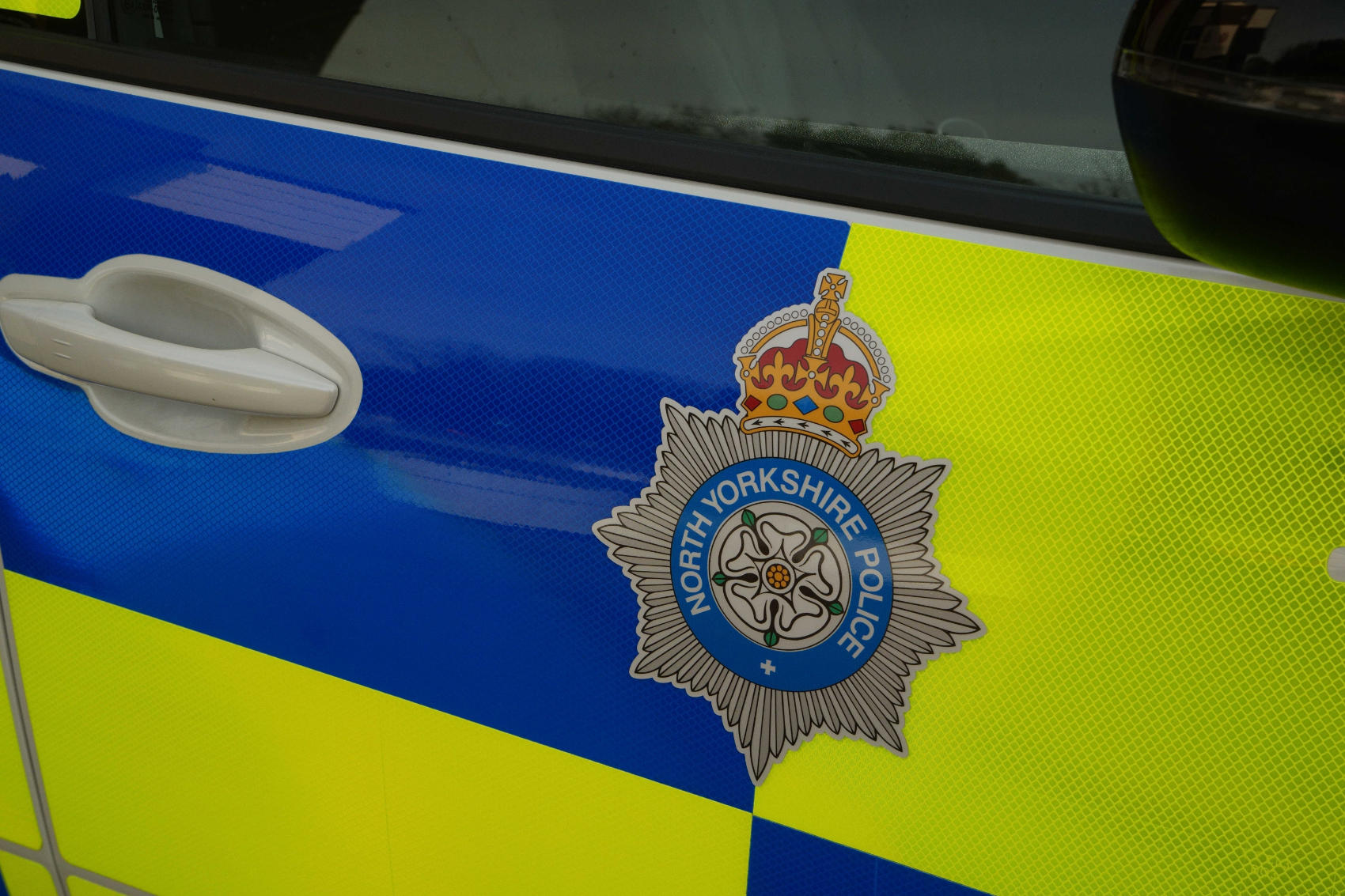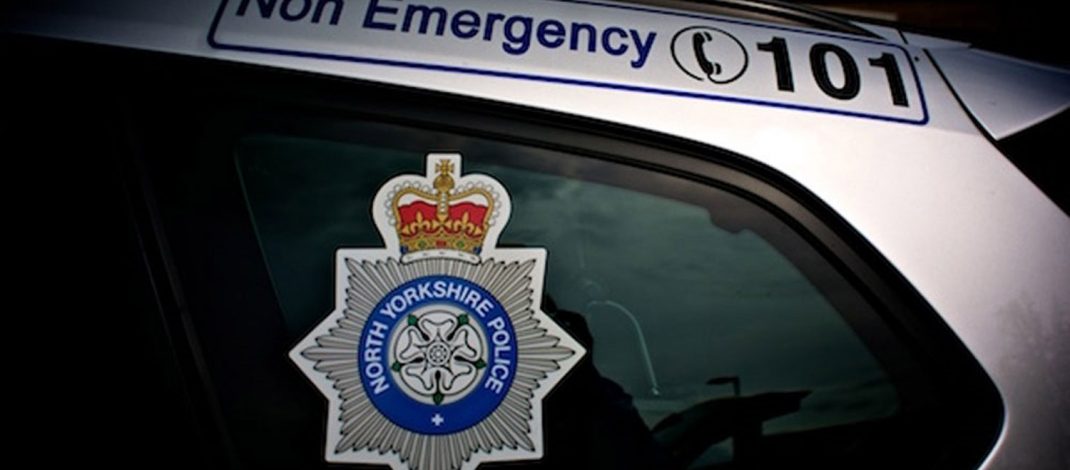Police have revealed the top five ways North Yorkshire’s roads have changed since lockdown began.
They have shared statistics and their first-hand observations to highlight how Covid-19 restrictions, first introduced in late March, have affected drivers and traffic.
The relaxing of some restrictions has led to an increase in traffic. So roads policing officers hope that the information will help returning motorists adapt to the changes around them.
Inspector Jeremy Bartley, of North Yorkshire Police’s Major Collision Investigation Team, said:
Coronavirus restrictions have undoubtedly brought significant changes to the way our roads are used.
Some of the changes are positive, such as more families taking up cycling and more people walking. But we’ve also seen negative changes too, including speeds of more than 130mph.
By sharing these changes with motorists, we hope they’ll adapt their driving as routes get busier again.
He revealed the five biggest changes are:
1. More ‘vulnerable’ road users
This includes cyclists and pedestrians, whose numbers have risen by up to 70% since lockdown began. Officers have observed far more novice cyclists taking to two wheels for the first time, including families with young children. Naturally they have less experience of reading the road.
While the overall number of serious collisions in North Yorkshire dropped dramatically in the first months of lockdown, sadly the proportion involving cyclists actually rose from 20% to 27% compared to the same period last year.
Police are doing ongoing campaign work to educate new cyclists and remind drivers to be on the lookout and pass with at least a 1.5metre gap.
Sources: Department for Transport figures; North Yorkshire Police KSI (killed and seriously injured) collision figures.
2. Significantly higher speeds
Police are now regularly recording speeds in excess of 120mph and 130mph on main roads in North Yorkshire. In 30mph communities, we’ve dealt with motorists who’ve done twice the speed limit during lockdown.
Police are also detecting a very high number of motoring offences at some rural locations as more recreational traffic returns to the road.
As well as being illegal, it potentially ties up valuable emergency service and NHS resources at a time when they are in high demand. We recently announced we’re intensifying our response to “horrendous” driving and motorcycling by a minority, with an increased high-visibility police deployments to communities, rural roads and main routes.
This is part of our response to the national #SlowDownSaveLives campaign to ensure motorists and communities stay safe as our roads get busier.
Source: North Yorkshire Police Traffic Bureau data, March-May 2020
3. Drivers have got “rusty”
Some motorists are using their vehicles for the first time sinice lockdown began in March. Many have only made occasional, short trips. So it’s no surprise that driving skills have got a little rusty.
Police officers have noticed this, especially when it comes to observation, signalling and road position. We’re currently taking part in a national campaign to encourage all road users to take care and help them sharpen up their driving skills again.
Source: North Yorkshire Police Roads Policing Group; NPCC data
4. Fewer reported crashes, but more fatalities during the period that coincides with lockdown
The overall number of crashes reported to North Yorkshire Police has dropped by 40% in the first four months of 2020, compared to the same period in 2019. However, the number of fatal collisions police have dealt with has actually risen by 30% during the same period, which covers the Covid-19 lockdown.
Sadly, police have recorded 18 fatalities so far in 2020. The contributing factors of these fatal collisions are still being investigated, and serious collision investigations can take months to complete.
We’re continuing to work closely with other organisations under the 95Alive partnership to educate all road users and make the roads safer for everyone.
Source: North Yorkshire Police Traffic Bureau data, January-April 2020
5. Massive changes in the amount of traffic
At one point during lockdown, UK traffic levels fell to their lowest level since 1955. Here in North Yorkshire, we initially saw a huge drop in traffic after ‘essential journey only’ restrictions were put in place. And it stayed low.
As more people go back to work and exercise rules are relaxed, we’ve now seen a rise in traffic levels.
Police are responding to this by reviewing the situation regularly and deploying our front-line resources where they are most effective, to keep as many people as safe as possible.
Source: Cabinet Office/Department for Transport data; North Yorkshire Police Roads Policing Group
Insp Bartley said that all motorists need to adapt their driving to the changing way the roads are being used:
Whether you’re returning to the road after not driving for a while, or using it every day for work, please remember that these five changes will affect you. Remember to take extra care, slow down and save lives.







As a keen road cyclist, come across some terrible driving around , Harrogate Ripon and Knaresborough.
I actually have a couple of close calls with drivers every time I go out on my bike .
It has to stop .